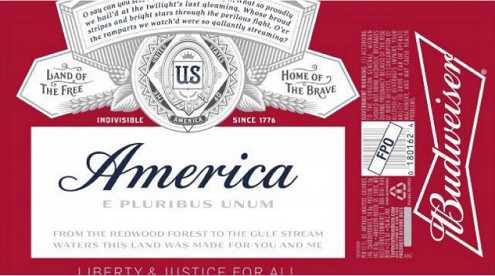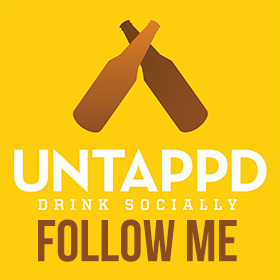Setting aside that I am a Linfield grad, the chance to work with Breakside Brewery would make me sign-up for this Lewis & Clark class…
This is from Brewbound.com, “For the past 3 years, Breakside Brewery and Lewis & Clark College have partnered to offer a course in brewing and the business of beer for students interested in the craft beer industry. Sponsored by Lewis & Clark’s Center for Entrepreneurship, the course is instructed by Breakside brewmaster Ben Edmunds and R&D brewer Will Jaquiss.
The course is a comprehensive introduction to the beer industry, designed to prepare students with a practical understanding of how beer is designed, developed, produced and sold. The course focuses on three intertwined elements of brewing: fermentation science, beer as a business, and beer as an artisan craft, and students develop a broad understanding of the skills and theory needed to understand and/or join the beer industry.
In the capstone project of the course students split into small groups and each brew a beer of their own design on Breakside’s 3 barrel pilot system. The students work closely with Breakside’s brewing staff to select raw materials, develop a recipe, and create a sales plan for the beer. In the final class of the semester, the beers are evaluated by brewers from other breweries in Portland, so the students get real-time feedback from sources other than their day-to-day instructors. Unlike other brewing seminars for students, these beers are actually sold to the public and marketed just like any of Breakside’s other beers.”
I would love to take this class if I was still back in my hometown of Milwaukie. Not for the brewing part as much as the marketing at the end. How to sell a beer that you have had a hand in crafting must be a fascinating exercise and would put me squarely in the shoes of the people that I usually buy from.
Here is the list of the 2016 student beers and all three have aspects that draw me in…
Going Golden – American Summer Ale 5.3% ABV 22 IBUs
“This hoppy golden ale is equally refreshing and complex. it features the new Enigma hop, which has notes of apricot and peach, as well as touch of Mosaic and Cascade hops.”
Sunny Day Wit – Hoppy Belgian Wheat 4.1% ABV 15 IBU
“This is an interpretation of a Belgian witbier with the addition of more flavoring and aroma hops than would be found in a classic version. The hard-to-find Huell Melon hop, featured here, provides beautiful notes of honeydew and grass.”
Royal Baby – American ESB 5.8% ABV 35 IBU
“An American take on the classic English-style ESB, with a spicy, citrus aroma from both English and American hops, and a rounded mouthfeel from the addition of Torrified Wheat.”









